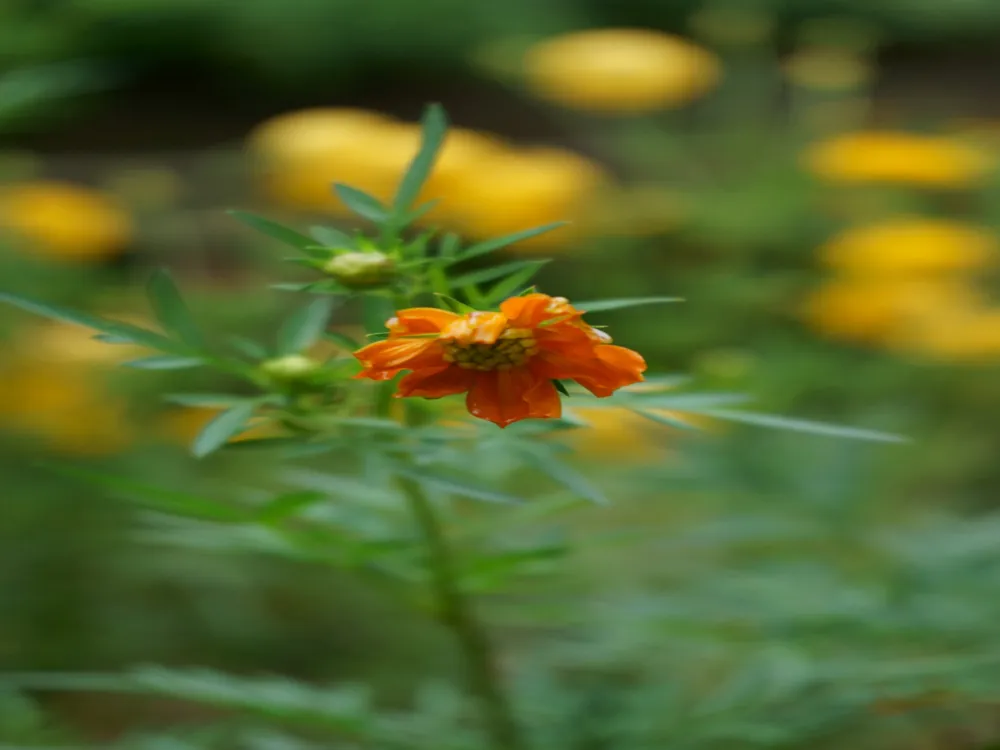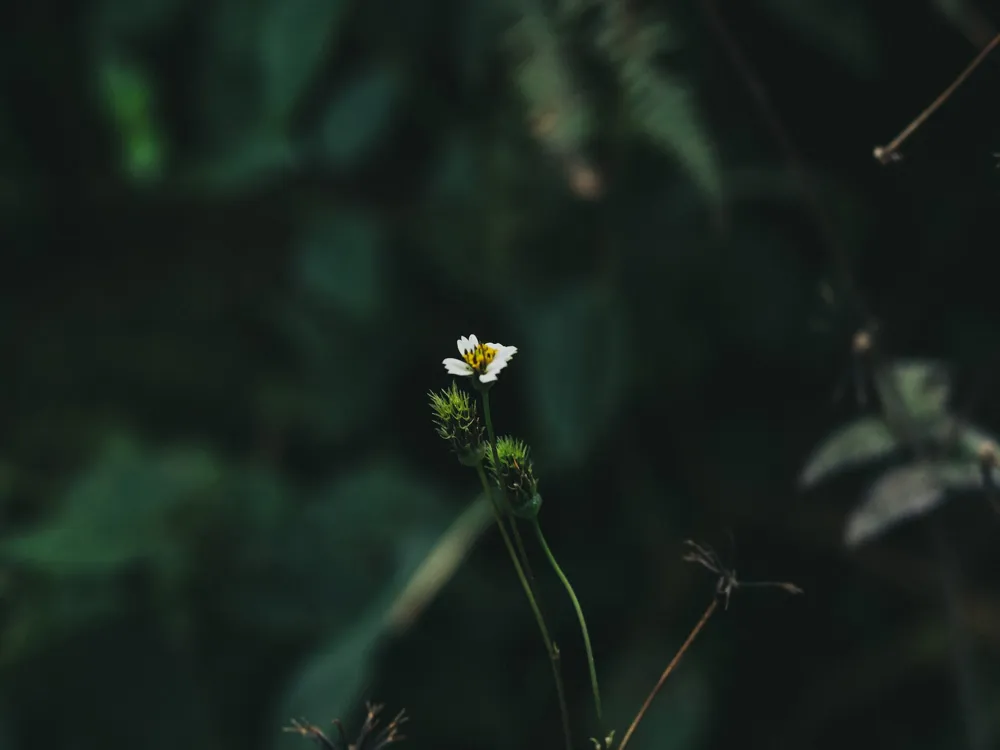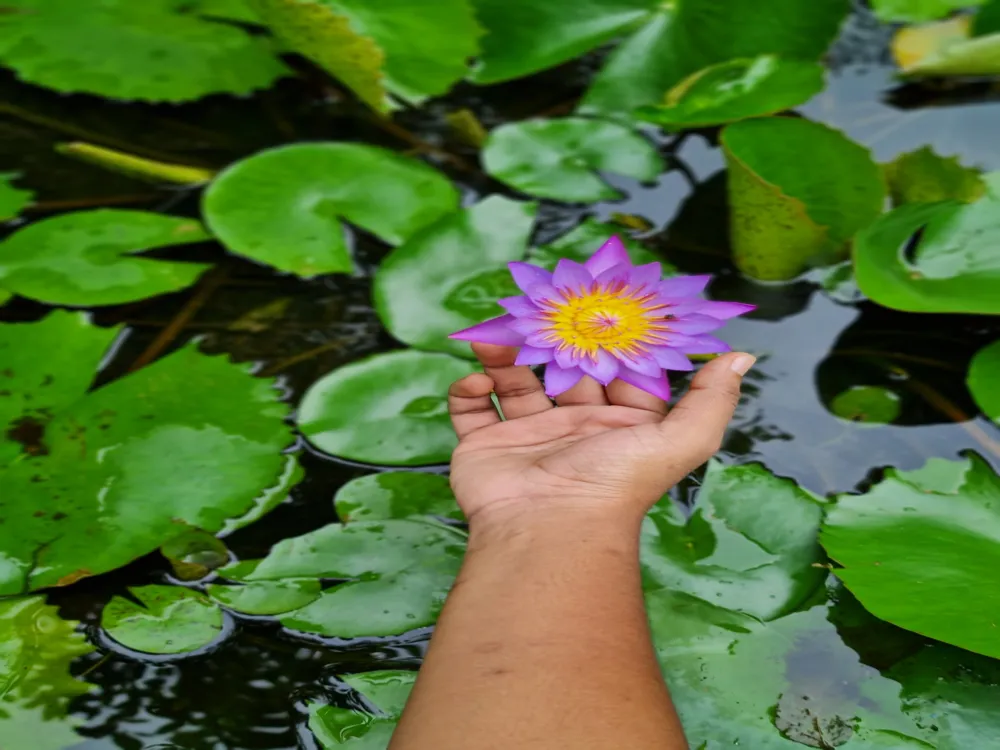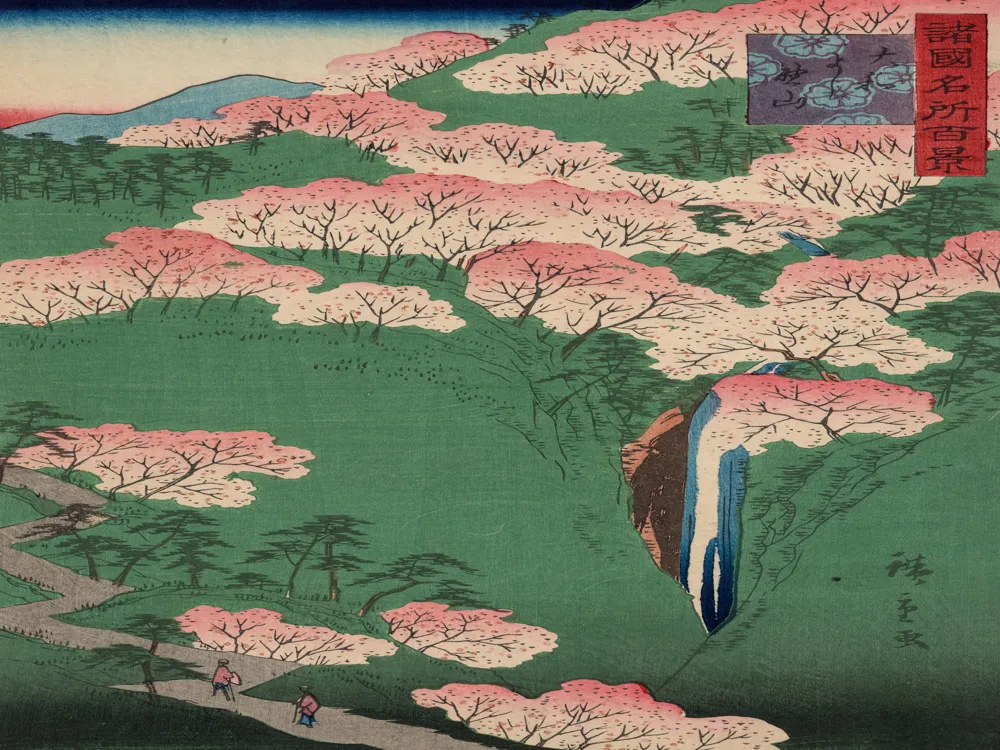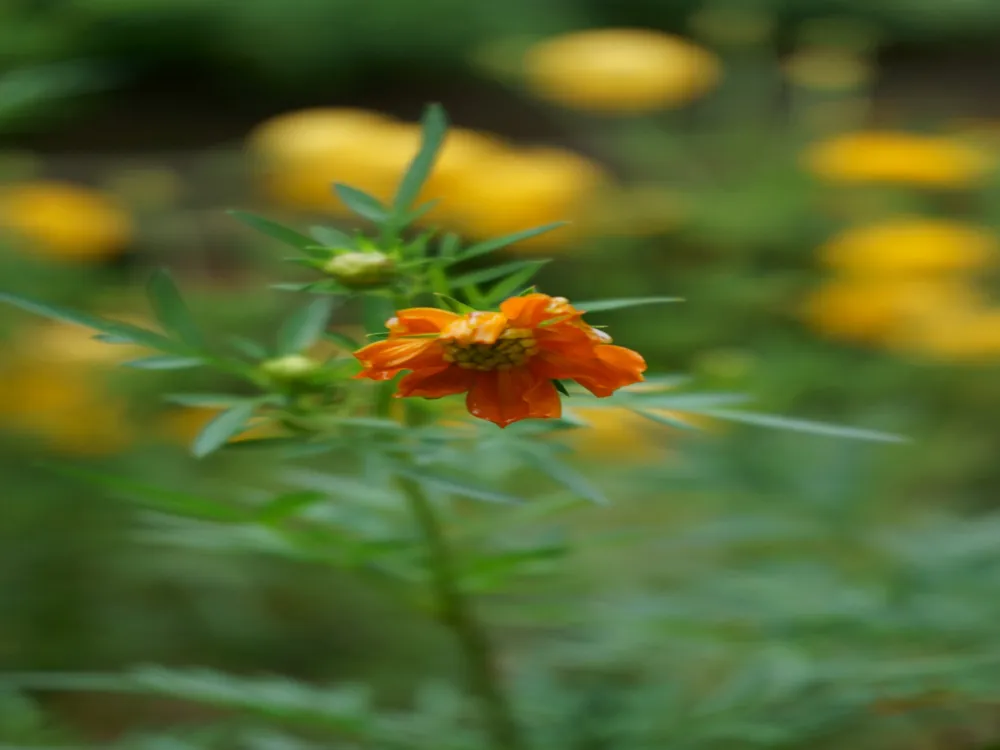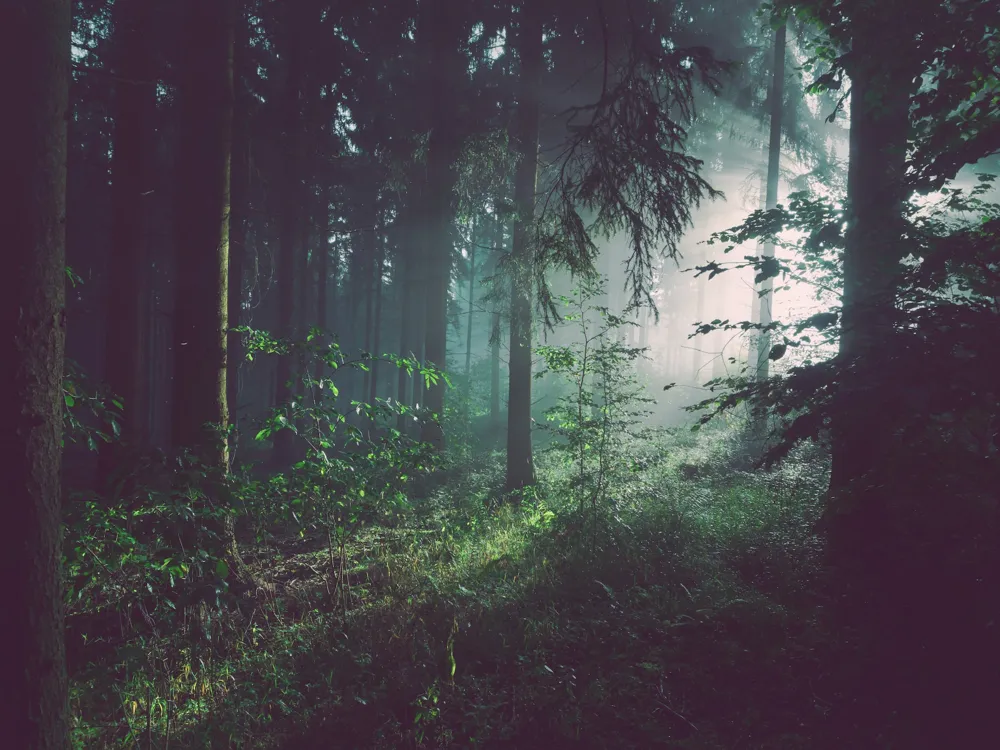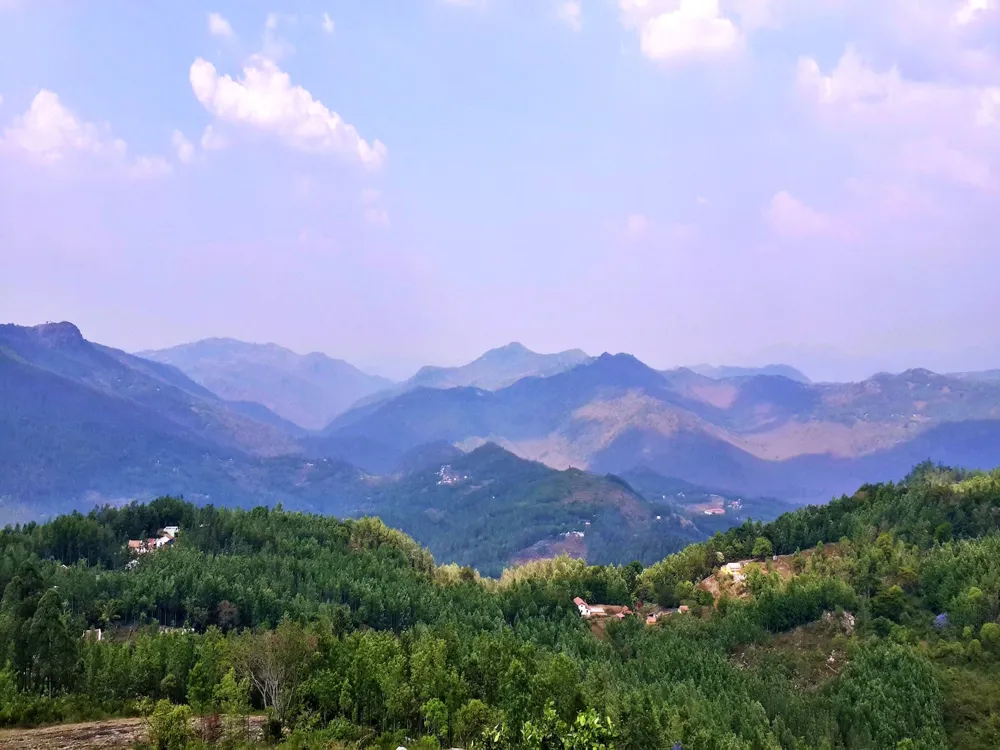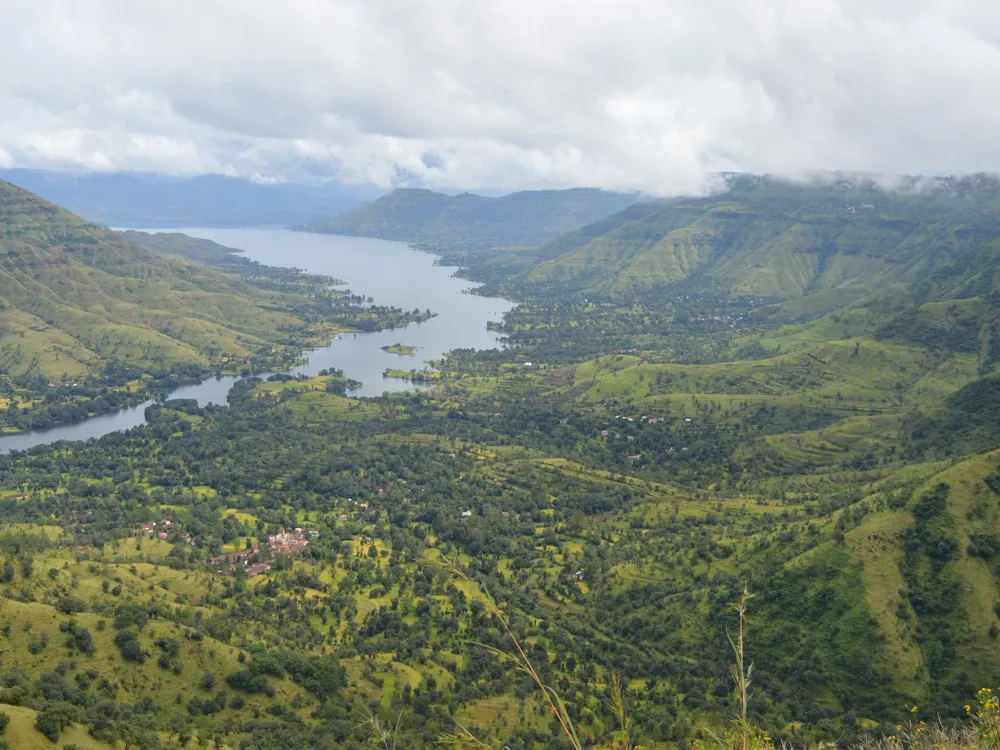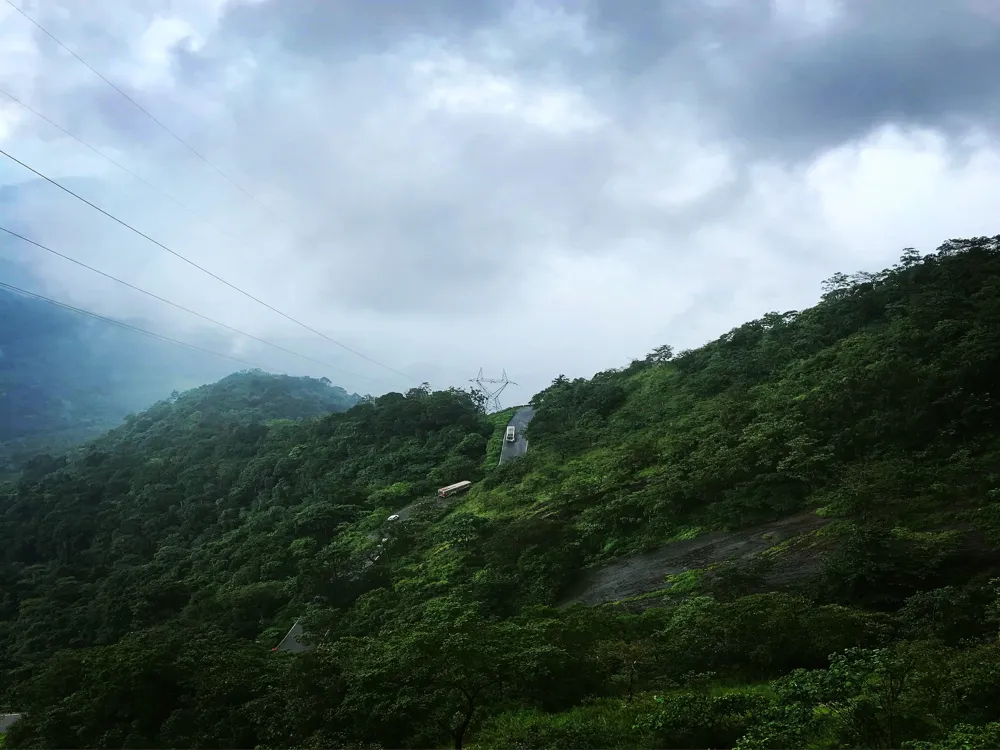Best Time to Visit Nilambur
Kerala India
21 out of 49 Places to visit in Kerala₹ 7,000 onwards View Packages
Get Customized PackagesThe Land of Diversity
Top Hotel Collections

Private Pool

Luxury Hotels

5-Star Hotels

Pet Friendly
What is the Best Time to Visit Nilambur?
Selecting the ideal time to explore Nilambur, a scenic town in Kerala, India, depends on climatic preferences and desired experiences. The post-monsoon months, from September to February, offer pleasant weather, making this period the best time to visit. During this season, the landscape is lush and green, and the temperatures are moderate, creating an inviting atmosphere for nature walks, exploring teak plantations, and enjoying the town's serene ambiance.
More about Best Time to Travel to Nilambur
Travel Peak Season in Nilambur
The peak season to visit Nilambur aligns with the post-monsoon months from September to February. During this period, the town experiences a surge in tourism, attracting visitors with pleasant weather and lush landscapes. The teak plantations, like Conolly's Plot and the Teak Museum, are particularly enchanting during the peak season. It's advisable to plan accommodations in advance during this time, as the increased demand may lead to higher prices and crowded attractions.
Travel Offseason in Nilambur
The offseason in Nilambur typically falls during the monsoon months from June to August. While these months offer a respite from the intense heat, the heavy rainfall may limit outdoor activities. However, for those who don't mind occasional showers and prefer a quieter atmosphere, the offseason provides an opportunity to explore Nilambur's natural beauty without the crowds. Travelers during this time may find more budget-friendly accommodations and enjoy the serene ambiance of Nilambur's landscapes.
Nilambur Travel Packages
View All Packages For Nilambur
Nilambur in Shoulder Season
The shoulder seasons in Nilambur, encompassing March to May and October to November, present a delightful balance between the post-monsoon lushness and the upcoming monsoon. Spring brings blooming flowers, and the landscapes retain their greenery, providing an ideal climate for outdoor activities, nature walks, and exploration. The shoulder seasons offer a tranquil experience without the intensity of peak-season crowds.
Nilambur in Hot Season
Nilambur's hot season occurs during the pre-monsoon months from March to May. While temperatures rise, this period is suitable for those who enjoy warmer weather. Exploring the teak plantations, cultural sites, and enjoying the vibrant landscapes become popular activities during the hot season.
Nilambur in Rainy Season
The rainy season in Nilambur spans from June to August. While heavy rainfall may limit some outdoor activities, the town's lush surroundings, teak plantations, and the Teak Museum remain enchanting. Travelers during this time can appreciate the verdant landscapes and the unique charm of Nilambur amid occasional showers.
Nilambur in Cool Season
The cool season in Nilambur occurs from December to February, offering a refreshing climate for outdoor activities. While temperatures may be cooler, this period provides an inviting atmosphere for exploring teak plantations, enjoying nature walks, and appreciating the serene beauty of Nilambur without the intense heat of the hotter months.
Places To Visit In Nilambur
Nearby Places Nilambur
Nilambur Photos
View All Photos For NilamburBrowse Package Collections
Browse Hotel Collections
Faq
Q: When is the ideal time to explore Nilambur's lush greenery and natural beauty?
A: Nilambur is stunning throughout the year, but the post-monsoon season, from September to March, offers the most picturesque landscapes and comfortable weather for exploration.
Q: Are there any specific months to witness the blooming beauty of Nilambur's flora?
A: Yes, the months of July and August showcase the region's rich floral diversity, especially the blooming of teak trees in the Teak Museum, making it an exceptional time for nature enthusiasts.
Q: Is there a time to avoid due to extreme weather conditions or heavy rainfall?
A: The monsoon season, primarily from June to August, can bring heavy rains that might hinder outdoor activities. It's advisable to plan your visit accordingly unless you enjoy the allure of monsoon showers.
Q: What about wildlife sightings in Nilambur? When is the best time for that?
A: To spot wildlife in their natural habitat, consider visiting during the cooler months from November to February when animals are more active and sightings are more likely.
Q: Are there any local festivals or events that enhance the visit experience during certain months?
A: Yes, the Nilambur Pattu festival, celebrated in February or March, is a cultural extravaganza showcasing traditional music, dance, and crafts, offering a unique glimpse into the local heritage.

